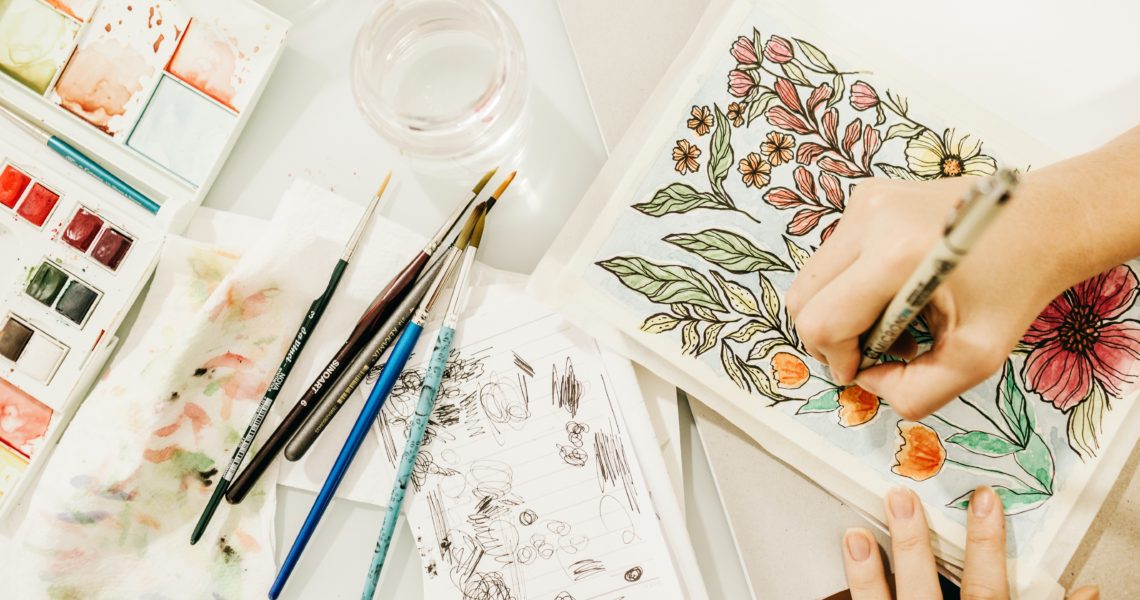As a former freelancer, “How much should I charge?” is a question I’d ask myself every time I was offered a new gig. Then I moved into selling my embroidery art. At first, I lowballed my prices because I wanted experience and/or as many reviews as I could get. But then I realized I was essentially stealing from myself.
That’s when I found a particularly helpful post from another embroidery artist who listed all of her expenses, and then essentially charges hourly when she lists her items. Suddenly the $500 for one hoop made a lot of sense.
In case someone is in a similar boat, I want to encourage you to charge what you’re worth. If you’re looking to break into a new field, then offer a trial 2-for-1 deal (or something similar for your industry), but always make the face value what you are worth. Here are some other tips to get you started.
Decide how much you make an hour
If you want to make $50/hour, then charge that much. I used to make $5/500 words, which usually took me about 1-2 hours to write. That comes out to $2.50/hour because I was undervaluing myself. If you feel the need to explain your price, don’t be afraid to do so but be confident in your decision. People are more likely to work with you if you’re transparent and they don’t feel like they’re getting hustled or your prices are too high because they don’t understand how long it takes to do something.
Read more: Tools to be a Better Writer
Calculate the cost of materials
If you’re an artist, then you have a cost of materials to make something. In this case, it’s ok to pass those on to the customer. It’s part of the piece that they’re buying. If it weren’t for those materials, there would be no art to buy.
Calculate your other expenses
If you’re a full-time freelancer or artist, then you likely have to foot the bill for your own health insurance and you’ll also have to pay taxes. You can decide if these costs are rolled into your hourly price or if they’re an additional price that you’ll tack on, raising the final price.
The idea of a “starving artist” shouldn’t be the norm. We should support artists so they thrive. Of course, not everyone can afford to purchase at “thriving artist” prices, so it’s up to you if you want to make some more accessible pieces too.
At the end of the day, your prices are up to you, but don’t sell yourself short. You and your time are worth paying for.
